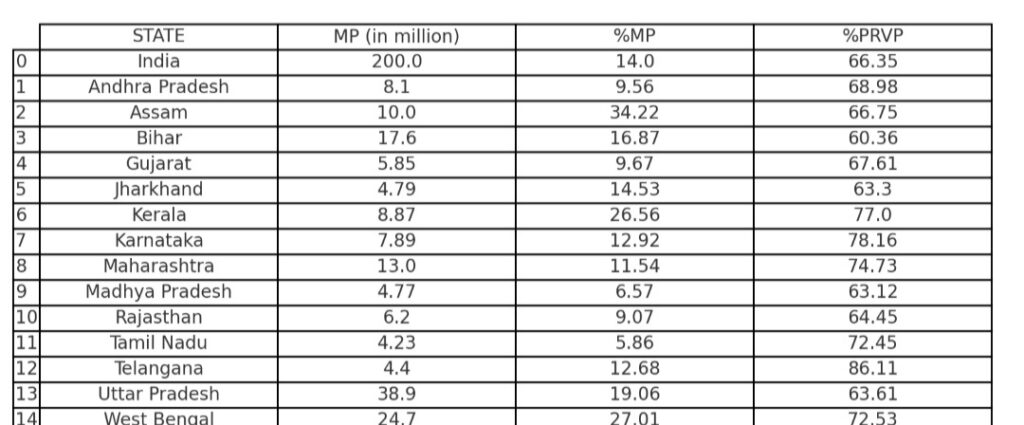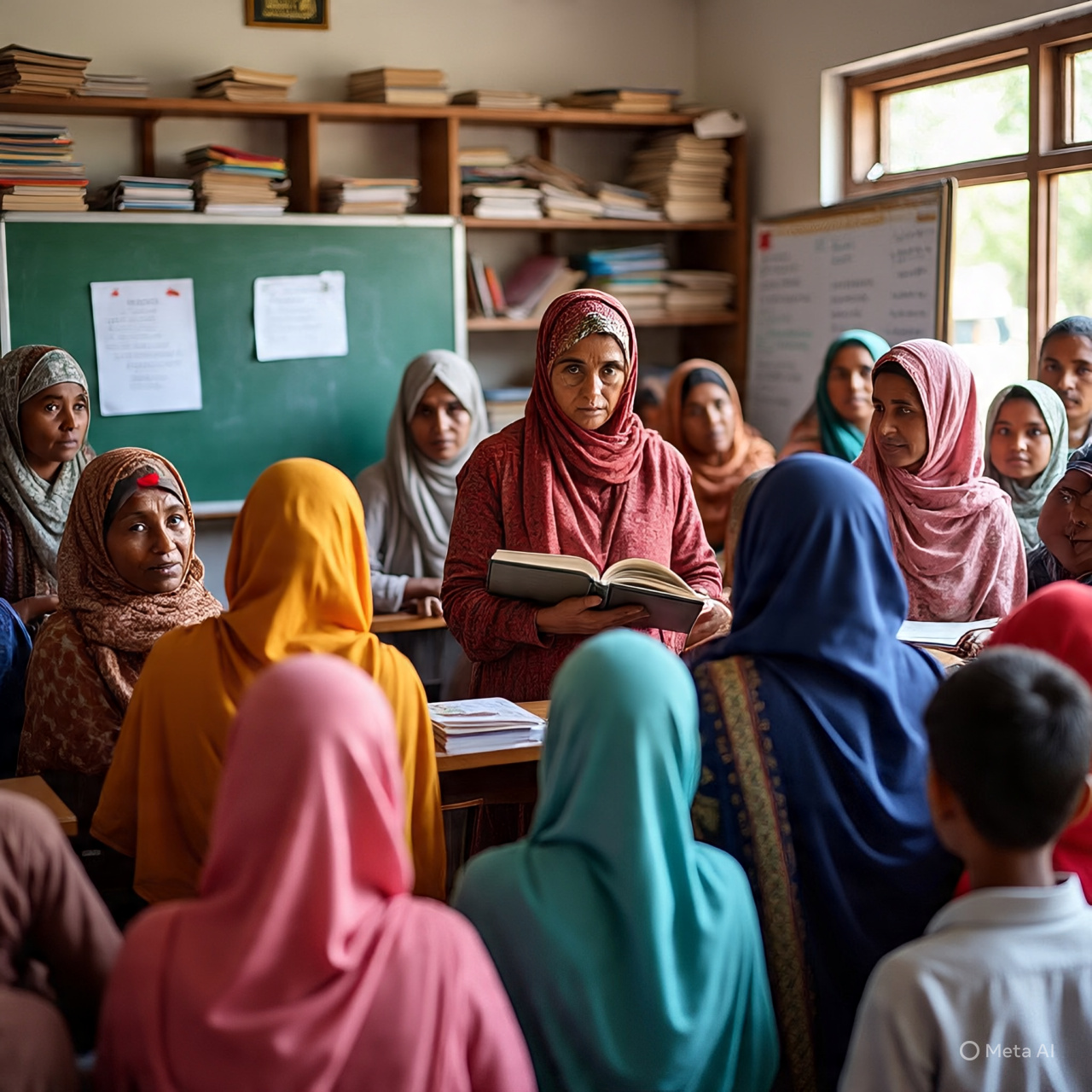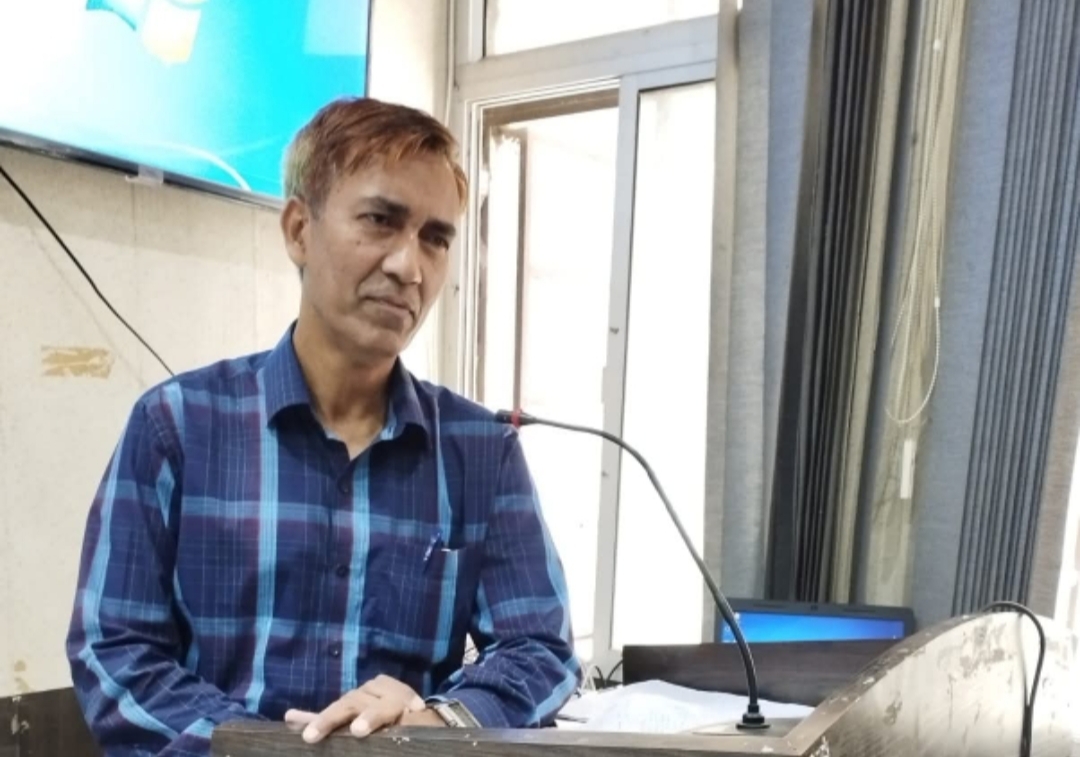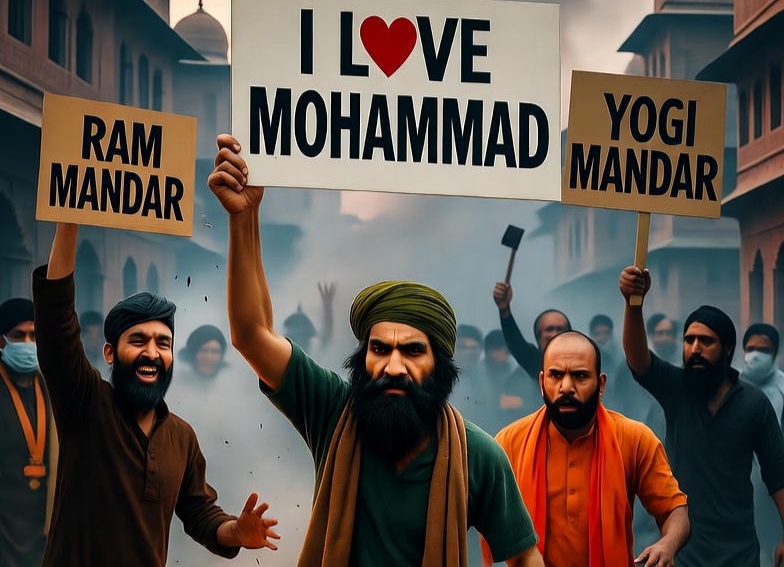 Najmuddin A Farooqi
Najmuddin A Farooqi
The ordeal of floodwaters often dirty and destructive can sometimes bring unexpected utility amid the chaos. Similarly, when a community traverses the muddy paths of trauma and loss, it may stumble upon resilience, innovation and renewed sense of direction. Muslims today are navigating such a journey, turning trials into opportunities and trauma into reform.
From Setbacks to Strength
Over the past decade, Indian Muslims have faced a series of escalating challenges. The demolition and legal loss of the Babri Masjid case, the criminalisation of triple talaq, the abrogation of Article 370, increasing incidents of unwarranted detentions, mob violence by Hindutva fringe elements, the Citizenship Amendment Act, National Register of Citizens and the controversial Waqf Bill these represent not isolated events, but parts of a broader pattern of marginalization.
These political and legislative developments have often been accompanied by job insecurity, declining economic prospects and rising social tensions. Much of this unrest is perceived to be driven by the ruling Bharatiya Janata Party’s authoritarian tendencies and overt Hindutva appeasement strategies. Amid the overwhelming odds a fair number of Indian Muslims has begun to channel its energy toward constructive change.
Seeds of Social Reform
Across the country, a quiet but determined movement is taking root anchored in intra-community dialogue, interfaith outreach and civic participation. In cities and towns, interfaith kitchens, health camps and regular dialogues are being organized to promote mutual understanding and unity. These efforts not only bridge divides but also serve as platforms for shared citizenship solidarity and social harmony.
In parallel, community delegations have become more proactive in engaging local administrations and state authorities. While results are not always immediate or successful, the process itself is empowering. The fear triggered by proposals like the NRC catalyzed a wide-reaching movement to promote documentation, citizenship awareness and legal literacy across vulnerable populations.
Political Participation as Empowerment
Another significant development is the rise in voter registration among Muslims. Spurred by targeted awareness campaigns, particularly in states with larger Muslim populations, voter enrolment has markedly increased. This political engagement is seen as a vital tool for safeguarding rights and enhancing visibility in governance. For many, the simple act of registering to vote has become a symbol of empowerment, citizenship and resistance.
At the grassroots level, emerging social organizations are also educating people about hygiene, healthcare and government welfare schemes. Their consistent message: stay hopeful, stay informed and uphold faith in India’s constitutional values and inclusive nationalism.
A Closer Look: Bihar’s Special Intensive Revision (SIR) and Voter Data Trends
Against this backdrop of growing civic engagement, the Election Commission of India (ECI) recently launched a Special Intensive Revision (SIR) of electoral rolls in Bihar. While questions have been raised about the timing of the exercise in politically sensitive environment however, transparency of the process appears credible. The ECI has been holding regular press briefings and involving Booth Level Assistants (BLAs) from various political parties. As of July 2025, out of Bihar’s 78.90 million electors, Commission has received responses from 72.40 million voters 91.69% of the total.
The data breakdown is as follows:
2.20 million voters (2.83%) were identified as deceased and proposed for deletion.
0.70 million (0.89%) were registered in more than one location.
3.60 million (4.56%) were found to have permanently migrated or were untraceable.
While the first two categories present little room for manipulation but the 3.60 million “untraceable” or “relocated” voters raise concerns. This category demands greater transparency and monitoring to avoid any potential misuse.
Bihar’s total population is estimated at around 130.70 million, with a voter registration rate of approximately 60.36% one of the lowest among Indian states. For comparison, India’s national voter registration average is about 66.35%, with the population pegged at around 1.46 billion and registered voters at 968.8 million.
A recent comparative dataset reveals that most states fall within a voter registration range of 60–69%, with notable exceptions:
Telangana leads the country with an impressive 86.11% voter registration rate. This exceptionally high figure can be attributed to several factors:1.Intensive voter enrollment drives conducted by the State Election Commission. 2.Relatively younger demographic, with a large proportion of the population aged 18 and above. 3.High rates Electors Photo Identity Card issuance, particularly among migrant workers and students many of whom find it easier to register in Telangana due to simpler documentation processes. 4.Pioneering digital governance, including Aadhaar integration with electoral rolls. 5.Highest levels of women voter participation. 6.Critics have raised concerns about the inadequate removal of deceased, duplicate, or relocated voters from the rolls. While 86% registration rate is commendable in theory, such a figure warrants closer examination, especially regarding the regularity and rigor of electoral roll revisions.
In contrast, Bihar ranks at the bottom in voter registration, highlighting deeper issues of outreach, accessibility and public awareness.
When discussing the implementation of NRC at national scale, Assam (the state with highest percentage of Muslims 34.22%) has become quite complex for the government. The apprehensions of disenfranchisement among Indian Muslims, especially those from economically or socially marginalized backgrounds are seemingly unfounded.
Way Forward
The political and social landscape for Indian Muslims remains fraught with obstacles, but not without promise. The ongoing response marked by civic reform, interfaith outreach, political participation and social innovation is not merely reactive but visionary.
Amidst a national climate of exclusionary politics and communal tension, Indian Muslims are laying down the foundations of resilience and reform. Their story is no longer one of marginalization alone, but increasingly one of empowerment, participation and constitutional hope.
Having four columns the following table reflects Names of states, Muslim Population, Percentage of Muslim population and the fourth column is Percentage of Registration of Voters by the population of the respective states:

by Najmuddin A Farooqi.



